Your cart is currently empty!
Easing the Burden: Discovering the Best Cannabis Varieties for Pain Relief

Experience the life-changing effects of the best cannabis for pain relief. With mind-blowing statistics and captivating stories of liberation, witness how this natural alternative transforms lives. Take control of your pain and embark on a path to newfound vitality and well-being.
Pain is a common condition affecting millions worldwide, impacting their daily lives and overall well-being. Traditional pain management methods often involve pharmaceutical medications, which may come with various side effects and limitations. However, there is growing interest in the potential of cannabis as a natural alternative for pain relief. In this article, we will explore the concept of “best cannabis varieties for pain relief” and delve into the potential benefits of cannabis in easing the burden of pain.
Introduction to the concept of “best cannabis varieties for pain relief”
Not all cannabis strains are equal when it comes to pain relief. Different varieties of cannabis contain varying levels of cannabinoids, terpenes, and other compounds that contribute to their unique effects and therapeutic potential. By understanding and exploring the best cannabis varieties for pain relief, individuals seeking alternative pain management options can make informed choices that align with their specific needs.
-
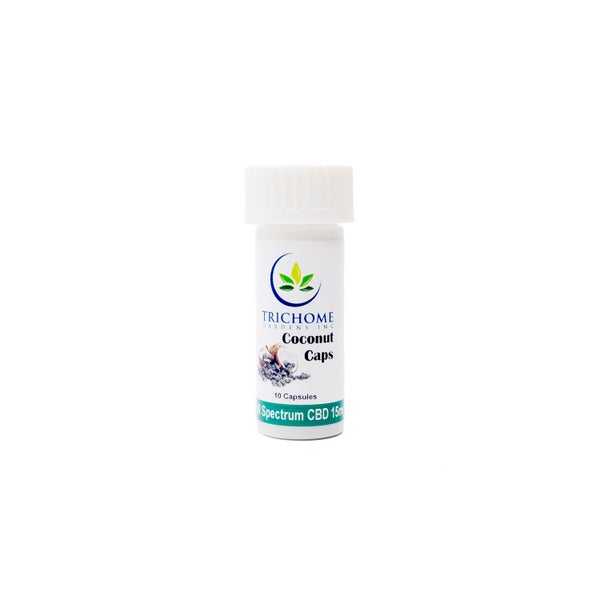 NEWCBD Full Spectrum Capsules (Trichome Gardens)$19.00 – $67.50
NEWCBD Full Spectrum Capsules (Trichome Gardens)$19.00 – $67.50 -
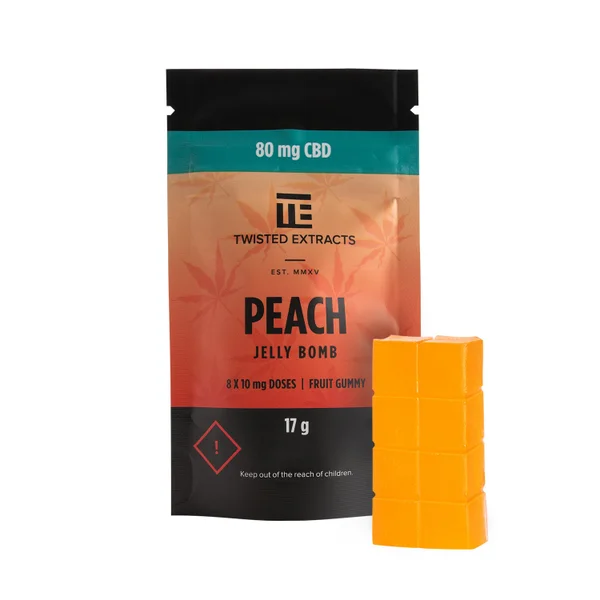 NEWCBD Jelly Bombs (Twisted Extracts)$12.00
NEWCBD Jelly Bombs (Twisted Extracts)$12.00 -
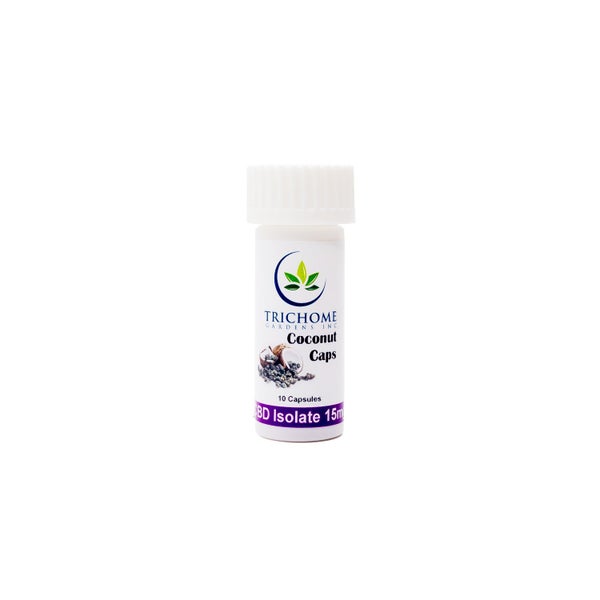 NEWCBD Isolate Capsules (Trichome Gardens)$17.50 – $63.50
NEWCBD Isolate Capsules (Trichome Gardens)$17.50 – $63.50
Significance of exploring the topic of cannabis for pain relief
The exploration of cannabis for pain relief holds immense significance for both patients and the cannabis industry. As the demand for natural and holistic approaches to pain management continues to rise, it is crucial to navigate the vast array of cannabis varieties available to identify the most effective options for pain relief. By shedding light on the best cannabis varieties for pain relief, we aim to empower individuals with the knowledge to make informed decisions about their pain management strategies.
Understanding Pain and Its Impact
Explanation of the different types of pain and their effects on individuals
Pain can manifest in various forms, including acute pain resulting from injury or surgery, chronic pain persisting for extended periods, neuropathic pain caused by nerve damage, and inflammatory pain associated with conditions like arthritis. Each type of pain can significantly impact an individual’s physical, emotional, and mental well-being, affecting their quality of life and overall functioning.
Overview of conventional methods of pain management
Conventional pain management methods typically involve using nonsteroidal anti-inflammatory drugs (NSAIDs), opioids, or other pharmaceutical medications. While these medications can provide temporary relief, they often come with side effects such as drowsiness, gastrointestinal issues, and the risk of dependency or addiction. Additionally, some individuals may not achieve adequate pain relief or may develop tolerance over time, leading to the need for higher doses or alternative approaches.
Limitations and potential side effects of traditional pain medications
Traditional pain medications’ limitations and potential side effects highlight the need for alternative solutions. Common side effects of opioids and NSAIDs include dizziness, nausea, constipation, and increased risk of cardiovascular events. Long-term use of opioids can also lead to dependency and addiction. Therefore, exploring natural alternatives such as cannabis for pain relief has recently gained considerable attention.
As the cannabis industry continues to evolve, researchers and medical professionals are uncovering the potential benefits of cannabis for pain management. The following sections will delve into the specific properties of cannabis and the best cannabis varieties known for their potential to alleviate pain.
The Science Behind Cannabis and Pain Relief
How cannabis interacts with the body’s endocannabinoid system to alleviate pain
Cannabis contains compounds called cannabinoids that interact with the body’s endocannabinoid system, a complex network of receptors and neurotransmitters involved in regulating various physiological processes, including pain perception. When consumed, cannabinoids such as THC (tetrahydrocannabinol) and CBD (cannabidiol) bind to specific receptors in the endocannabinoid system, modulating pain signals and reducing inflammation. This interaction helps restore balance and promote pain relief throughout the body.
The role of cannabinoids, such as THC and CBD, in pain modulation
THC and CBD are two of the most famous cannabinoids that exist in cannabis, each offering unique properties for pain modulation. THC has incredible analgesic properties and the ability to provide immediate pain relief. It activates the CB1 receptors in the endocannabinoid system, which can help reduce pain sensitivity. Conversely, CBD exhibits anti-inflammatory and neuroprotective effects, which can alleviate pain caused by inflammation and nerve damage.
Scientific studies supporting the use of cannabis for pain relief
Numerous scientific studies have investigated the efficacy of cannabis for pain relief, particularly in chronic pain conditions. A review published in the Journal of Clinical Pharmacy and Therapeutics found that cannabis-based medicines, including THC and CBD, were effective in relieving chronic pain associated with conditions like multiple sclerosis and neuropathic pain. Another study published in the Journal of Pain Research reported that cannabis use significantly improved pain intensity and quality of life in patients with chronic pain.
Exploring Indica Strains for Pain Relief
Detailed profiles of specific indica strains known for their effectiveness in pain management
Indica strains of cannabis provide relaxation, sedation, and pain relief. Some popular Indica strains known for their potential in pain management include Northern Lights, Granddaddy Purple, and Afghan Kush. These strains typically have higher levels of THC and terpenes like myrcene, contributing to their analgesic properties.
Explanation of the unique properties that make these strains suitable for pain relief
Indica strains often have higher levels of THC, which can provide potent pain relief and muscle relaxation. The presence of terpenes, such as myrcene and linalool, adds to their analgesic and sedative effects. These strains induce a calming and soothing sensation, making them suitable for individuals seeking relief from chronic pain conditions.
Overview of the effects and benefits of using indica strains for pain relief
Using Indica strains for pain relief can help alleviate discomfort, reduce inflammation, and promote relaxation. Indica strains have the ability to provide full-body relaxation, easing tension and promoting sleep. Additionally, the analgesic properties of Indica strains can help individuals manage pain symptoms, improving their overall well-being and quality of life.
The scientific understanding of cannabis and pain relief, along with the specific properties of Indica strains, provides valuable insights for individuals seeking effective pain management options. In the following sections, we will further explore additional cannabis varieties and their potential benefits in pain relief.
-
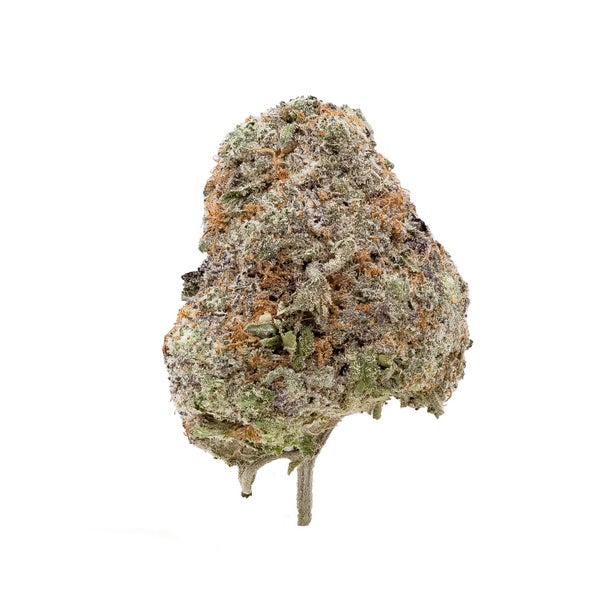 NEWBlack Domina (Lucky Farms)$99.00
NEWBlack Domina (Lucky Farms)$99.00 -
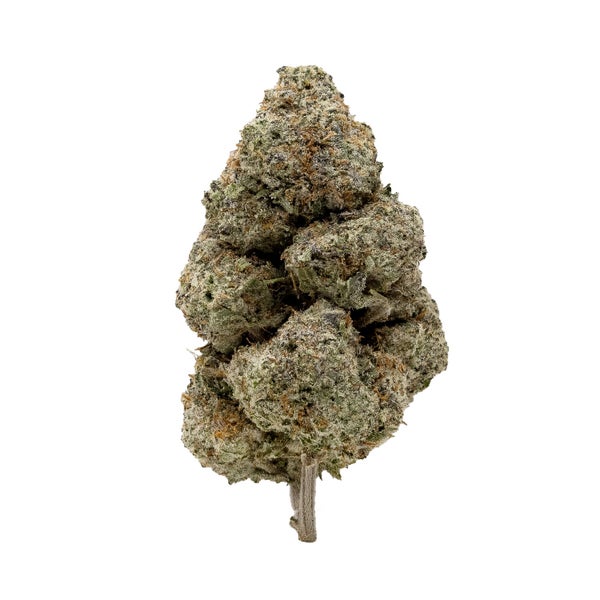 NEWBlue Cheese (Lucky Farms)$99.00
NEWBlue Cheese (Lucky Farms)$99.00 -
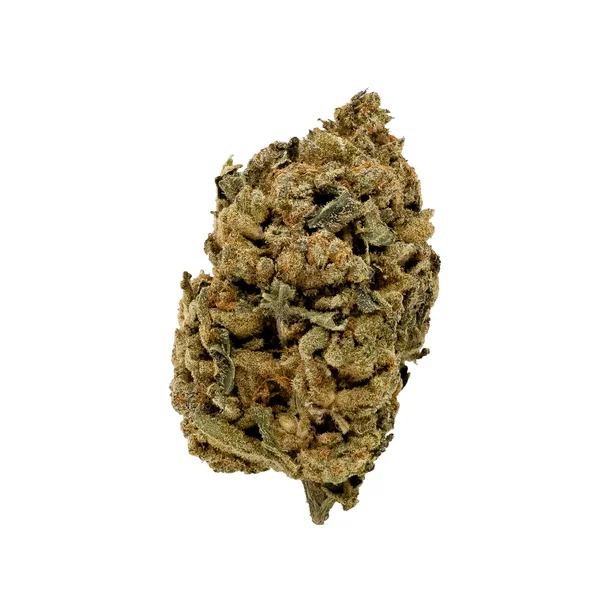 NEWBanana Tangie (Dollar Treez)$51.99
NEWBanana Tangie (Dollar Treez)$51.99
Exploring Sativa Strains for Pain Relief
Detailed profiles of specific sativa strains known for their effectiveness in pain management
Sativa strains of cannabis are popular for their energizing and uplifting effects, making them suitable for daytime use and managing pain while maintaining productivity. Some popular sativa strains recognized for their potential in pain relief include Durban Poison, Jack Herer, and Green Crack. These strains typically have higher levels of cannabinoids like THC and terpenes such as limonene, which contribute to their analgesic properties.
Explanation of the unique properties that make these strains suitable for pain relief
Sativa strains often have higher levels of THC, which can provide pain relief while allowing individuals to remain mentally alert and focused. The presence of terpenes like limonene and pinene adds to their uplifting and invigorating effects. These strains induce a cerebral and euphoric experience, making them suitable for individuals seeking pain relief without feeling sedated or lethargic.
Overview of the effects and benefits of using sativa strains for pain relief
Using sativa strains for pain relief can help individuals manage discomfort while maintaining mental clarity and focus. Sativa strains have remarkable mood-enhancing properties, providing an uplifting and positive experience. The analgesic effects of sativa strains can help alleviate pain symptoms, allowing individuals to engage in daily activities without significant impairment.
The Role of CBD in Pain Relief
Explanation of the benefits of CBD for pain relief without psychoactive effects
CBD, or cannabidiol, is a non-psychoactive compound that exists in cannabis that has gained significant attention for its potential therapeutic benefits, including pain relief. CBD interacts with various receptors in the endocannabinoid system, influencing pain perception and reducing inflammation. Unlike THC, CBD does not produce psychoactive effects, making it a suitable option for individuals seeking pain relief without the “high” typically associated with cannabis use.
Overview of different CBD products and their effectiveness in pain management
CBD is available in various forms, including oils, tinctures, capsules, topicals, and edibles. Each product has its own benefits and considerations for pain management. CBD oils and tinctures are commonly used for sublingual administration, providing quick absorption and systemic relief. Topicals, such as creams and balms, are applied directly to the skin to target localized pain and inflammation. CBD capsules and edibles offer a convenient and discreet option for sustained pain relief.
Scientific studies supporting the use of CBD for pain relief
Scientific research has shown promising results regarding the use of CBD for pain relief. A study published in the European Journal of Pain found that CBD applied topically reduced pain and inflammation in rats with arthritis. Another study published in the Journal of Experimental Medicine reported that CBD significantly reduced chronic pain and improved sleep in patients with multiple sclerosis. These studies highlight the potential of CBD as a valuable option for managing pain. The exploration of both sativa strains and CBD expands the options for individuals seeking effective pain relief. In the following sections, we will delve into additional cannabis varieties and their potential benefits in pain management.
Finding the Right Strain for Your Pain
Factors to consider when selecting the best cannabis variety for pain relief
When choosing a cannabis strain for pain relief, factors such as the type and intensity of pain, desired effects, and personal preferences should be taken into account. Indica strains are typically recommended for deep relaxation and full-body pain relief, while sativa strains offer uplifting effects and are suitable for daytime use. Hybrid strains can provide a balance between both Indica and sativa properties. Additionally, considering the cannabinoid and terpene profiles of different strains can help in selecting the most effective option for specific pain conditions.
Factors to consider when determining the appropriate dosage for pain management
Determining the right dosage of cannabis for pain relief requires careful consideration. Factors such as body weight, tolerance, desired effects, and the strain’s potency should be considered. It is recommended to start with a low dose and gradually increase as needed while monitoring the effects. Consulting with a healthcare professional or knowledgeable cannabis specialist can provide valuable guidance in finding the optimal dosage.
Safety precautions and responsible use guidelines
When using cannabis for pain relief, it is important to prioritize safety and responsible consumption. Avoiding excessive consumption and being mindful of the potential side effects, such as cognitive impairment and drowsiness, is crucial. Adhering to local laws and regulations regarding cannabis use is essential. Additionally, storing cannabis products securely and out of reach of children and pets is important for safety. By considering these factors, individuals can enhance their journey in finding the best cannabis varieties for effective pain relief while ensuring a safe and responsible cannabis experience.
Finding the Right Strain for Your Pain
Factors to consider when selecting the best cannabis variety for pain relief
When choosing a cannabis strain for pain relief, factors such as the type and intensity of pain, desired effects, and personal preferences should be taken into account. Indica strains are typically recommended for deep relaxation and full-body pain relief, while sativa strains offer uplifting effects and are suitable for daytime use. Hybrid strains can provide a balance between both Indica and sativa properties. Additionally, considering the cannabinoid and terpene profiles of different strains can help in selecting the most effective option for specific pain conditions.
Understanding terpenes and their role in pain relief
Terpenes are aromatic compounds found in cannabis that contribute to its unique scent and therapeutic properties. Certain terpenes, such as myrcene, linalool, and beta-caryophyllene, have been associated with analgesic and anti-inflammatory effects. For example, myrcene has sedative properties, while linalool exhibits calming and relaxing effects. Understanding a strain’s terpene profile can provide insights into its potential pain-relieving properties and help select the right cannabis variety.

Personal preferences and trial-and-error in finding the right strain for individual pain conditions
Due to the subjective nature of pain and individual differences in response to cannabis, finding the most effective strain for pain relief may require some experimentation. Keeping a pain journal to track the effects of different strains can be helpful in identifying patterns and preferences. Consulting with knowledgeable budtenders or healthcare professionals experienced in cannabis therapeutics can also provide guidance in selecting the best strain based on individual needs.
Consumption Methods and Dosage Considerations
Different methods of consuming cannabis for pain relief
Cannabis can be consumed through various methods, including smoking, vaping, edibles, tinctures, and topicals. Smoking and vaping provide quick-onset of effects, making them suitable for immediate pain relief. Edibles offer a longer-lasting experience but have a delayed onset. Tinctures and topicals provide localized relief and are particularly useful for targeted pain management.
Factors to consider when determining the appropriate dosage for pain management
Determining the right dosage of cannabis for pain relief requires careful consideration. Factors such as body weight, tolerance, desired effects, and the strain’s potency should be considered. It is recommended to start with a low dose and gradually increase as needed while monitoring the effects. Consulting with a healthcare professional or knowledgeable cannabis specialist can provide valuable guidance in finding the optimal dosage.
Safety precautions and responsible use guidelines
When using cannabis for pain relief, it is important to prioritize safety and responsible consumption. Avoiding excessive consumption and being mindful of the potential side effects, such as cognitive impairment and drowsiness, is crucial. Adhering to local laws and regulations regarding cannabis use is essential. Additionally, storing cannabis products securely and out of reach of children and pets is important for safety.
Legal Considerations and Accessibility
The legal status of cannabis varies from country to country and even within different regions. Some jurisdictions have legalized cannabis for medical and/or recreational use, while others maintain strict regulations. Understanding the legal framework surrounding cannabis is crucial for accessing the best cannabis varieties for pain relief. It is important to stay informed about local laws and regulations and abide by them to ensure compliance and safe access to cannabis products.
Patient access to the best cannabis varieties for pain relief
Patient access to cannabis for pain relief may vary depending on the legal landscape. In jurisdictions where medical cannabis is legal, patients may need to obtain a medical recommendation or prescription from a healthcare provider to access cannabis products. It is important for patients to consult with healthcare professionals experienced in cannabis therapeutics to navigate the process of obtaining the best cannabis varieties for their specific pain conditions.
Importance of consulting with healthcare providers and abiding by local laws
Consulting with healthcare providers is essential when considering cannabis for pain relief. Healthcare professionals can provide guidance on strain selection, dosage, and potential interactions with other medications. They can also monitor the effectiveness of cannabis treatment and provide ongoing support. Additionally, abiding by local laws and regulations ensures a responsible and legal approach to using cannabis for pain relief.
Conclusion
Throughout this comprehensive guide, we have explored the potential of cannabis as a promising option for pain relief. The diverse range of cannabis varieties, including Indica and sativa strains, and the therapeutic properties of CBD offer potential benefits for managing various types of pain.

Encouragement for further research and consultation with healthcare providers regarding the best cannabis varieties for pain relief
While growing evidence supports the use of cannabis for pain relief, further research is needed to fully understand its mechanisms of action and optimize its therapeutic potential. It is crucial for individuals to consult with healthcare providers experienced in cannabis therapeutics to ensure personalized and safe pain management strategies.
By working collaboratively with healthcare professionals, individuals can navigate the complexities of cannabis for pain relief and discover the best cannabis varieties suited to their specific needs.
By staying informed, following legal guidelines, and seeking professional guidance, individuals can embrace the potential of cannabis as an effective and natural option for pain relief, empowering them to alleviate their burden and enhance their overall well-being.
Frequently Asked Questions
Is cannabis an effective option for pain relief?
Cannabis has shown promising potential for pain relief, with many individuals reporting positive experiences. However, the effectiveness of cannabis for pain relief can vary depending on the individual and the specific type and severity of pain. You should consult a healthcare provider experienced in cannabis therapeutics to determine if cannabis is a suitable option for your pain management needs.
What are the best cannabis varieties for pain relief?
The best cannabis varieties for pain relief can vary depending on individual preferences and the nature of the pain. Indica strains have fantastic relaxing and sedative effects, which can help alleviate pain and promote relaxation. Sativa strains may be more suitable for individuals seeking pain relief while maintaining daytime functionality. CBD-dominant strains or products can also offer pain-relieving properties without the psychoactive effects of THC.
How should cannabis be consumed for pain relief?
You can consume cannabis through various methods, including smoking, vaporizing, edibles, tinctures, and topicals. Each method has its own onset time, duration, and effects. Smoking and vaporizing offer faster onset but shorter duration, while edibles provide longer-lasting effects. You can apply topicals directly to the affected area for localized relief. The best consumption method for pain relief depends on individual preferences and the desired level of control over dosage and duration.
Can cannabis be used as a sole treatment for chronic pain?
You can use cannabis as a complementary or adjunct therapy for chronic pain management. It may not be suitable as a sole treatment for all individuals or all types of chronic pain. It is important to work closely with a healthcare provider to develop a comprehensive pain management plan that may include a combination of therapies, including cannabis, physical therapy, medications, and lifestyle modifications.
Are there any potential side effects or risks of cannabis for pain relief?
Like any therapeutic substance, cannabis carries potential side effects and risks. These can include drowsiness, dry mouth, impaired cognitive function, and temporary memory loss. Cannabis may also interact with certain medications, so you must inform your healthcare provider about any medications you take. It is also crucial to use cannabis responsibly, follow legal guidelines, and start with low doses to gauge individual tolerance and minimize potential risks.
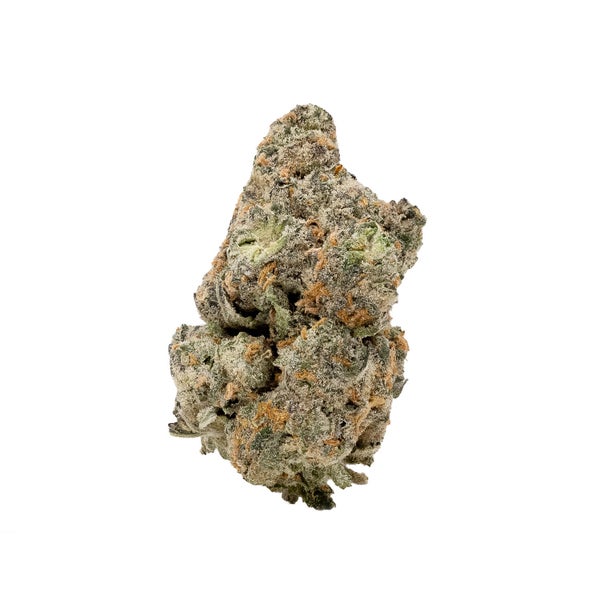


Leave a Reply
You must be logged in to post a comment.